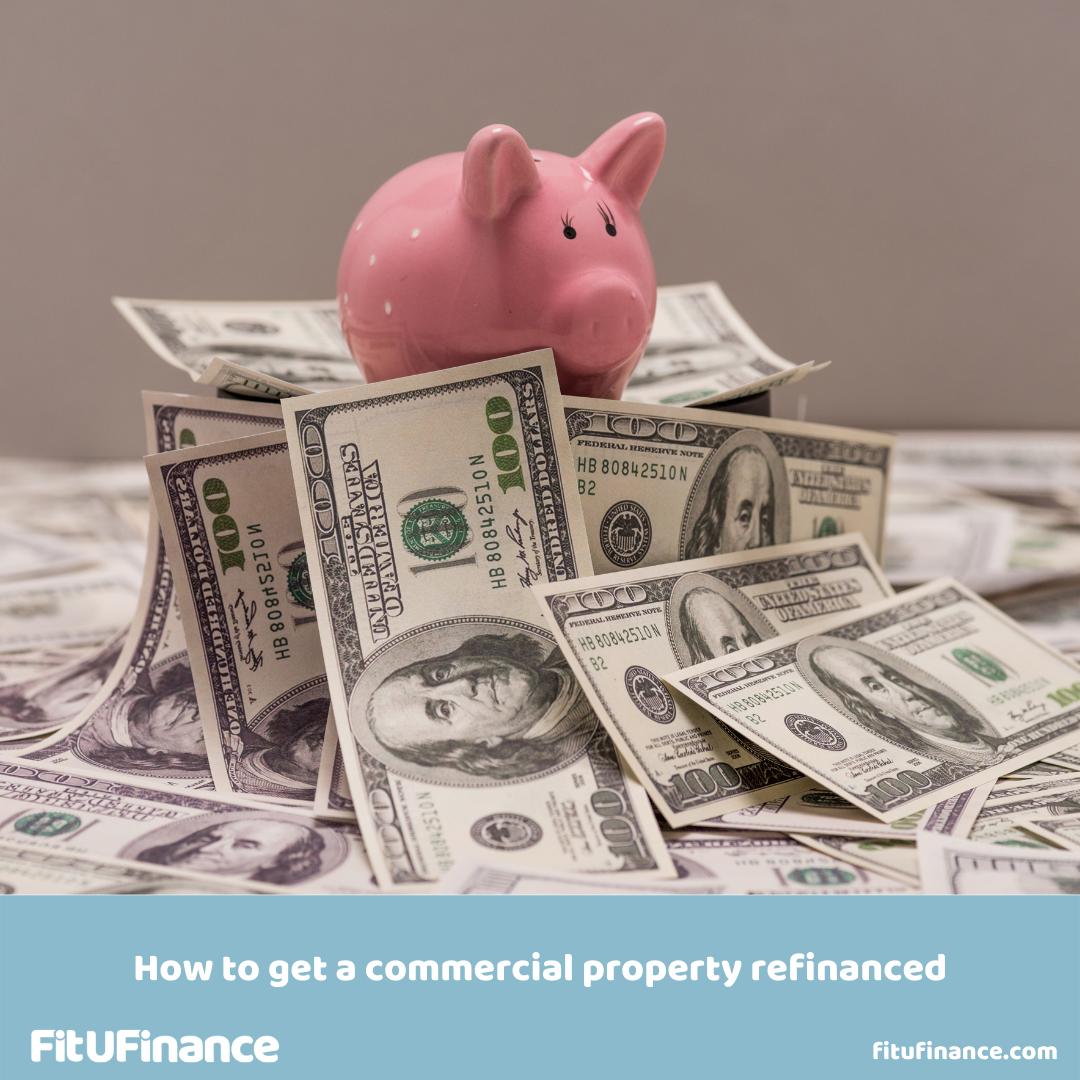Four Steps To Getting A Commercial Property Refinanced

How To Get A Commercial Property Refinanced.
The commercial property market in the USA is beginning to bounce back after the collapse of 2008 and the short-term impact of COVID-19. This uptick in sales means that it’s a great time to get a commercial property refinanced. Commercial properties are usually financed through a commercial mortgage, but many people don’t know how this works or where they can find more information. In this blog post, we’ll go over four steps for getting your commercial property refinanced and everything you need to do beforehand!
Step One: Find the Right Commercial Mortgage Broker.
The first step to getting a commercial property refinanced is finding an experienced, trustworthy and qualified broker who understands your needs and can find the right financing solution for you. You want to be sure that they work with banks or other types of lenders in order to get multiple bids on rates and terms. That’s where we come in.
Step Two: Determine How Much You Need for Your Commercial Property Refinance.
The next step is to determine how much money you need and what type, in order to get your commercial property refinanced. This will help narrow down which lenders can offer you a solution! A quick way to figure out the amount of money you need is to do a fixed amortization calculation.
The sad truth about commercial property refinancing in the USA is that not all properties qualify for financing, especially those with high debt-to-income ratios or considerable vacancy rates. This could mean that a loan to refinance your commercial property may be out of reach!
Step Three: Analyze Your Liability and Equity Position
It’s important when refinancing your commercial property that you analyze the liability and equity position of the company, as well as its ability to repay a new loan.
•An analysis will help determine how much refinancing can be done with internal funds or other sources of capital before looking for external financing from a bank.
•The more debt-free assets the company has in its possession, the easier it will be to refinance using internal funds.
•A company with a lot of liabilities and equity investments may not have enough money on hand for refinancing without external financing from a bank or other financial institution.
Step Four: Evaluate Options Based On Your Lending Needs
Once you’ve evaluated your liability and asset profile, you should have a better idea of your lending needs.
•You can refinance the existing commercial mortgage with another lender that will give you more favourable terms or conditions, such as lower interest rates and shorter loan duration.
•Alternatively, you may want to consider refinancing to change out an old fixed rate for a new fixed-rate mortgage or to lower your monthly payments.
•You can also refinance the commercial property to access equity for other purposes.
Conclusion:
We’ve outlined four steps that you may want to consider when refinancing a commercial property in the USA. Remember that it is essential to thoroughly assess your individual needs before you choose to refinance your property.
•The higher the equity ratio, the more attractive you are as a borrower and the lower your interest rate would be with refinancing.
•Ensure that when you do refinance, you have enough money in the reserve to cover closing costs and other expenses related to financing options so that it is not out of your budget.
•The goal of refinancing is to take advantage of the current economic environment and make sure that you are proactively taking steps towards managing risk as much as possible.
We’re here to help you get the funding you need to take your business to the next level.
